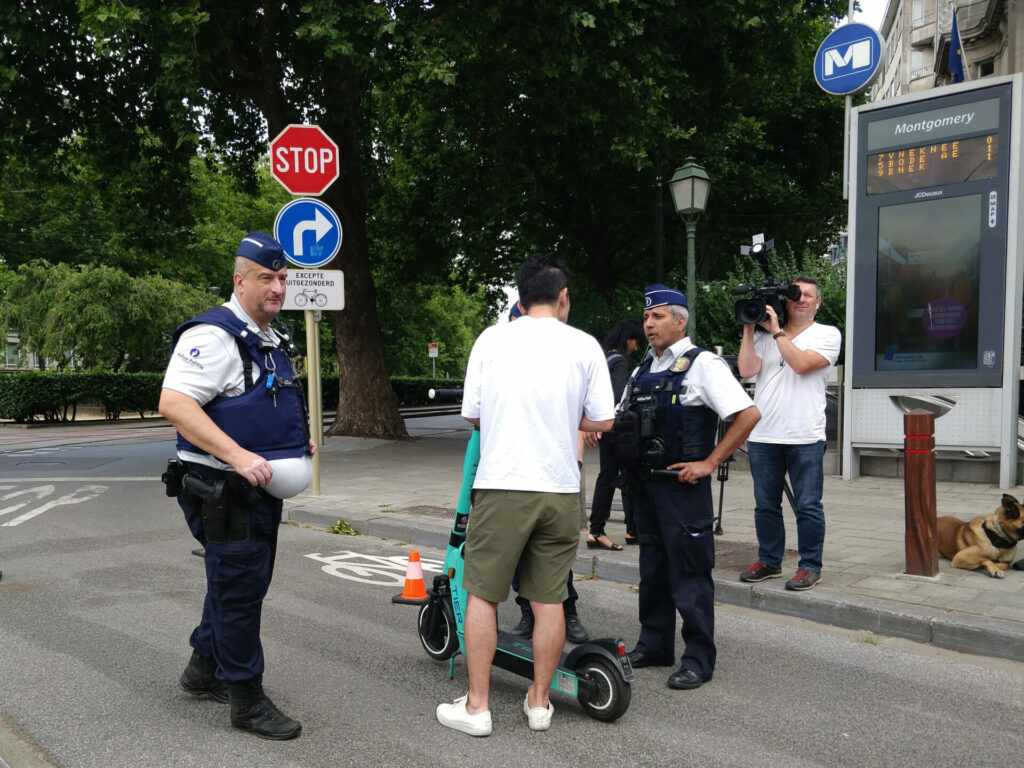The French-speaking liberal party MR wants to reduce the presence of bikes and scooters in Brussels’ pedestrian areas, after tabling a proposal in the Parliament of the Brussels-Capital Region.
David Weytsman, one of the proposal's co-authors, told The Brussels Times that "separate cycling paths need to be built in these zones, or else bikes and scooters will have to be banned" as is already the case in Germany and The Netherlands.
The liberal MP felt compelled to draft the proposal, alongside Anne-Charlotte d'Ursel, after "receiving many testimonies from people with reduced mobility and elder citizens who do not feel safe" in these pedestrian areas such as the one in Brussels' city centre or on Chaussée d’Ixelles.
“I am all for shared spaces," Weytsman stated, "but they do have to be regulated” and proposed that cyclists and riders also get off their vehicles for a 500-metre zone to facilitate the passage for pedestrians.
Related News
- One in two pedestrians admit to using phone while crossing the street
- Cyclists to be prioritised in new reform of Belgian traffic code
- Many still unaware of new e-scooter rules in Belgium
The Brussels-Capital Region Government wants to apply an 8 km/h speed limit in these pedestrian areas, which the liberals claim does little to address the "ever-worsening" road security in the capital. According to Weytsman, this has been worsened by two factors: the emergence of e-scooters and the government’s Good Move traffic plan.
He explained that scooters can be dangerous, as they not only come into contact with pedestrians, cars and public transport but also present a significant risk to riders themselves. Brussels’s Mobility Minister Elke Van den Brandt revealed that, in the first half of 2022 alone, nearly 400 accidents involving scooters occurred across the capital.
MR party members criticised the previously mention traffic reform in parliament, which they claim is "endangering the safety of many people.” However, a study by KU Leuven showed that a similar traffic plan in Ghent had in fact reduced the number of road traffic injuries by 31%.

